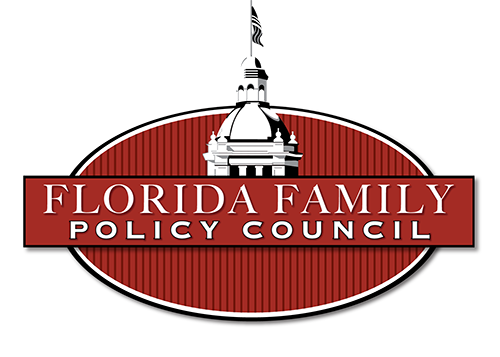By John Stemberger, originally published by Florida Politics on November 1, 2017
I read with great interest the letter by First Amendment Foundation (FAF) President Barbara Petersen to Lisa Carlton, chair of the Declaration of Rights Committee of the Constitution Revision Commission (CRC), regarding her concerns over the proposal written by former Florida Supreme Court Justice Kenneth Bell, and which I am sponsoring, entitled the “Florida Privacy Restoration Act.”
I am somewhat bewildered by FAF’s letter. In my opinion, it reads as if the Foundation never read the last sentence of the existing privacy amendment as found in Article 1, Section 23, and/or the ten words I am proposing to be added to the provision: “with respect to privacy of information and the disclosure thereof.”
As you may know, Florida newspapers have a history of consistently opposing Florida’s privacy laws, often with little serious legal analysis and with the same type of alarmist tones and hypothetical scenarios you expressed in your letter.
In 1977, newspapers across Florida opposed the 1977-78 CRC’s proposed privacy amendment because of fears that the ability of the media to collect information would be stifled. The St. Petersburg Times argued that it “could have a chilling effect upon news gathering and would provide a convenient excuse for government secrecy … harmful to the public interest.”
In 1980, Florida newspapers continued to raise “grave concerns” and stoke fear over the privacy amendment proposed by the Legislature. A strong “government in the sunshine” provision was added, which stated “[t]his section shall not be construed to limit the public’s right of access to public records and meetings as provided by law.”
This clear added language should have allayed all concerns, but the Tallahassee Democrat’s editorial board still recommended a “no” vote to the privacy amendment in 1980. Despite the scare campaign by the news media, the amendment was adopted by the people of Florida by a 59 percent vote. People understood it was intended to protect informational privacy, which is what they wanted and why they voted for it.
After 37 years and 52 Florida Supreme Court cases citing the privacy clause, none of the many issues newspapers were concerned about have come to pass – not a single one.
The Florida Privacy Restoration Act is simple, clean and well thought out. The language will require Florida courts to interpret the privacy clause in the manner intended by its original drafters and the people who adopted it. The intent being to protect the people from the government’s collection and more importantly, disclosure, of personal and private information.
Existing federal privacy rights robustly protect virtually all of the privacy interests ruled on by Florida courts except informational privacy. This is the very reason the amendment was passed but Courts have ignored both intent of the drafters and the people who adopted it.
The truth is — today we have an even more rapid growth of technology resulting in the increased invasion of personal and private information through various forms of surveillance and the monitoring of personal electronic devices. This information can be collected directly by government or obtained by them from private corporations. This alone warrants the amendment.
The number one concern raised by people speaking during the CRC’s ten public hearings around the state was fixing the privacy clause so that it could no longer be hijacked by Florida’s high court and used for purposes other than what it was intended. Concerned citizens wanted the privacy clause returned to its original purpose – to protect informational privacy.
The Florida Privacy Restoration Act responds to the voice of the people and provides a necessary fix to the state constitution.
___
John Stemberger is a member of the 2017-18 Florida Constitution Revision Commission. He is an Orlando attorney, president of Florida Family Policy Council, and one of the leading pro-family advocates in Florida.
